This month your usual reporter, Laura, is getting a break. Instead you get to read about the exciting world of the University Archives from me, Brad Kuennen, Library Assistant. Please note: Laura had nothing to do with this blog post other than asking me to do it. She may yet regret that decision.
This week Iowa State welcomes over 1000 teenagers to our campus for the 2012 Iowa 4-H Youth Conference. In honor of their visit I will be sharing my 4-H story, though it is pretty much limited to working with the historic 4-H records that we have here in the archives.
I’ll admit it, I was never in 4-H. I never wanted to be in 4-H. I never much cared for livestock or animals. When I was younger the barns were the one place I used to stay far away from when our family went to the county fair. Maybe it was just the smell, but I always preferred the tractor sheds to the animal barns.
So you can imagine my less than enthusiastic response when I learned that I was being assigned to organize our Iowa 4-H records. That was over two years ago and now that the work is finished I have to admit that I have gained newfound respect for 4-H.
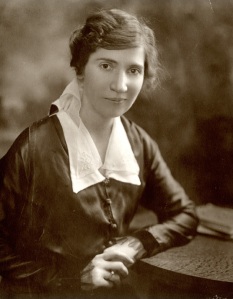
As every good 4-Her knows, 4-H was started in Iowa. Well, not really. Apparently someone in Ohio beat us to the punch, but Iowans played a crucial role in the development of the 4-H movement. Iowans like Cap E. Miller, Jessie Field Shambaugh, and O. H. Benson helped guide the movement of “club work” for rural youth from a local level to one of statewide and national recognition. Even today, Iowa maintains one of the strongest 4-H programs in the country which is definitely something we can be proud of.
In the early years of 4-H in Iowa, the clubs were strictly separated between boys and girls. Boys studied agriculture and girls studied home economics. Boys competed in livestock shows and corn growing while girls competed in baking contests and dressmaking. There may have been some girls who showed livestock, but that was very unusual at that time.
One of the best parts about going through our earliest records is looking at all of the photographs. Each annual report, and there was one report made for boys clubs and one for girls clubs every year, is full of photographs, reports, and programs. Our collection of Iowa 4-H records also includes scrapbooks created by the State 4-H Club Historians. Sorry guys, but the girls tended to do a much better job of scrapbooking than you did. One notable exception is a photo scrapbook created by Paul Sauerbry which provides a wonderful account of 4-H in the 1920s. Sauerbry was a member of the 1928 Iowa delegation to the National 4-H Camp and must have created this scrapbook several years later.
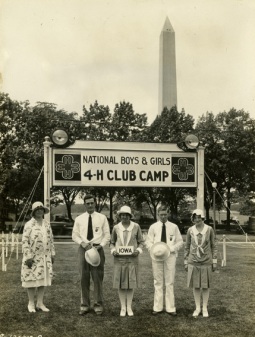
As I was working with these materials I caught myself thinking about what life must have been like on a farm in rural Iowa. For most kids life was the farm. Sure, there was school to go to, but after school was finished there were a lot of chores to finish on the farm. Socializing with the kids down the road was probably not an option most afternoons. When boys and girls clubs were introduced, it had to be very exciting for the kids. Yes, they were going to learn some useful skills, but the club meetings also provided an opportunity to socialize. At a time when many farms were still without telephones and electricity, the chance to talk with other kids must have been quite a treat! And the trips some kids got to take! A lot of kids at that time hardly ever left their own county, but during the summertime hundreds of kids would gather at Iowa State for the annual convention. And each year several lucky kids would get a chance to attend the National 4-H Congress in Chicago or attend the National 4-H Camp in Washington D.C. In the 1920s and 1930s, that had to be an amazing experience!
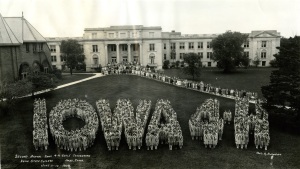
Going through the boxes I came across some other books. These had me a little confused. They looked like scrapbooks, but they were full of project records and some had photos and writings. I was told by our resident 4-H expert (so titled because she was in 4-H as a youngster) that these were record books. As it turns out we have record books of several former members. The James Kearns Papers contain his 1934 award-winning record book along with many of his medals and ribbons.
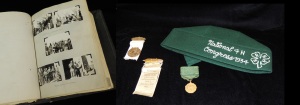
Speaking of medals and ribbons and stuff, the University Artifact Collection also contains dozens of other 4-H items. For example, we have samples of each of the incarnations of the girls’ 4-H uniform through the years. The early dresses were all homemade. Other artifacts in our collections include pins, buttons, belt buckles, mugs… the list goes on and on.
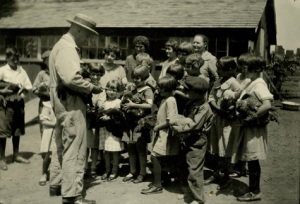
If I have learned one thing about 4-H after spending many hours waist-deep in these records it’s that my perception of 4-H was completely wrong. I always assumed it was just for people who liked to take a nap with farm animals at the county fair. Don’t get me wrong, it is for those people, but for so many others as well. What struck me most was that aspect that has been a part of 4-H since the earliest days–teaching children and young adults about leadership, responsibility, and taking pride in one’s work. That pride is evident on the faces of kids from the 1920s and, I can only imagine, will be displayed just as cheerfully on the faces of kids in the 2020s.
If you have Iowa 4-H records or artifacts you would like to donate to the University Archives, please contact us. We would love to give those materials a permanent home here so that future researchers can look back in time and see what role 4-H played in the lives of Iowa’s youth.
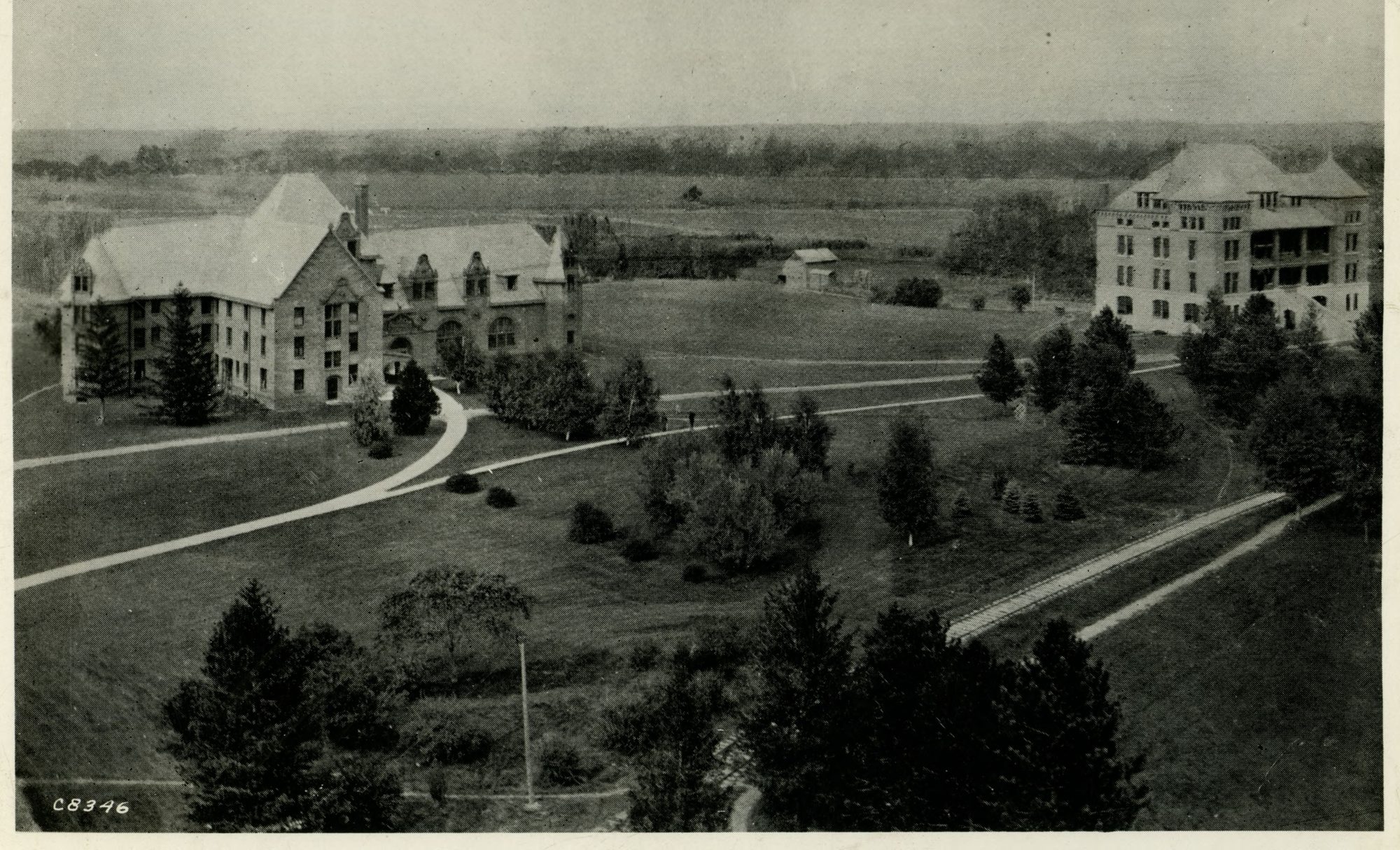
fun and fascinating report — never knew about the separate girls and boys 4-H Clubs
What era of 4-H are you most interested in getting more stuff for?
In the early 70s there was a big push on the theme…. 4-H ain’t all cows and cookin’….
We would be interested in looking at materials from every era. We actually have quite a lot of documentation for the early years up through the early 1960s. Our records beyond that point are more limited. So if you are ready to part with your 1970s era 4-H materials we would be happy to have them.